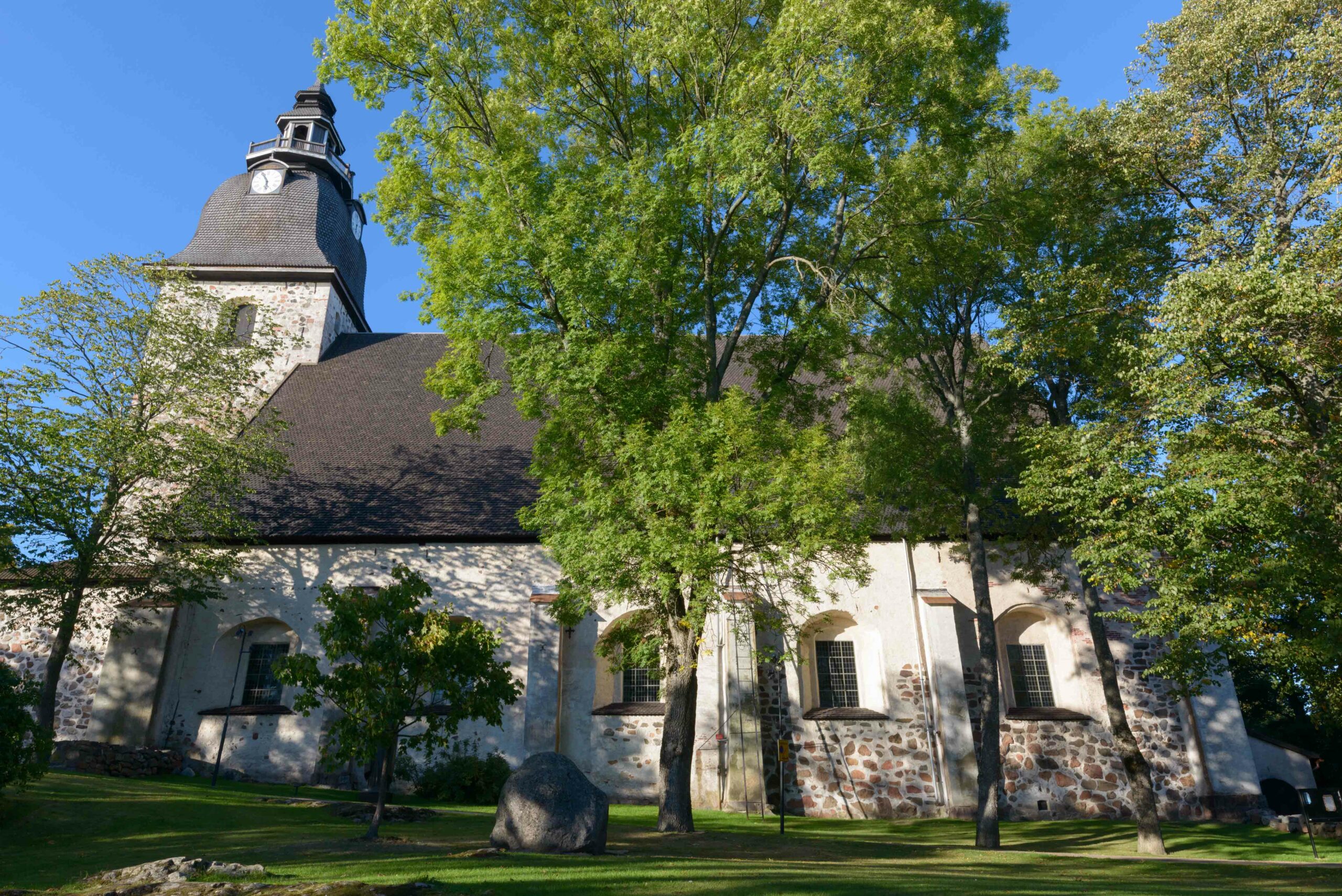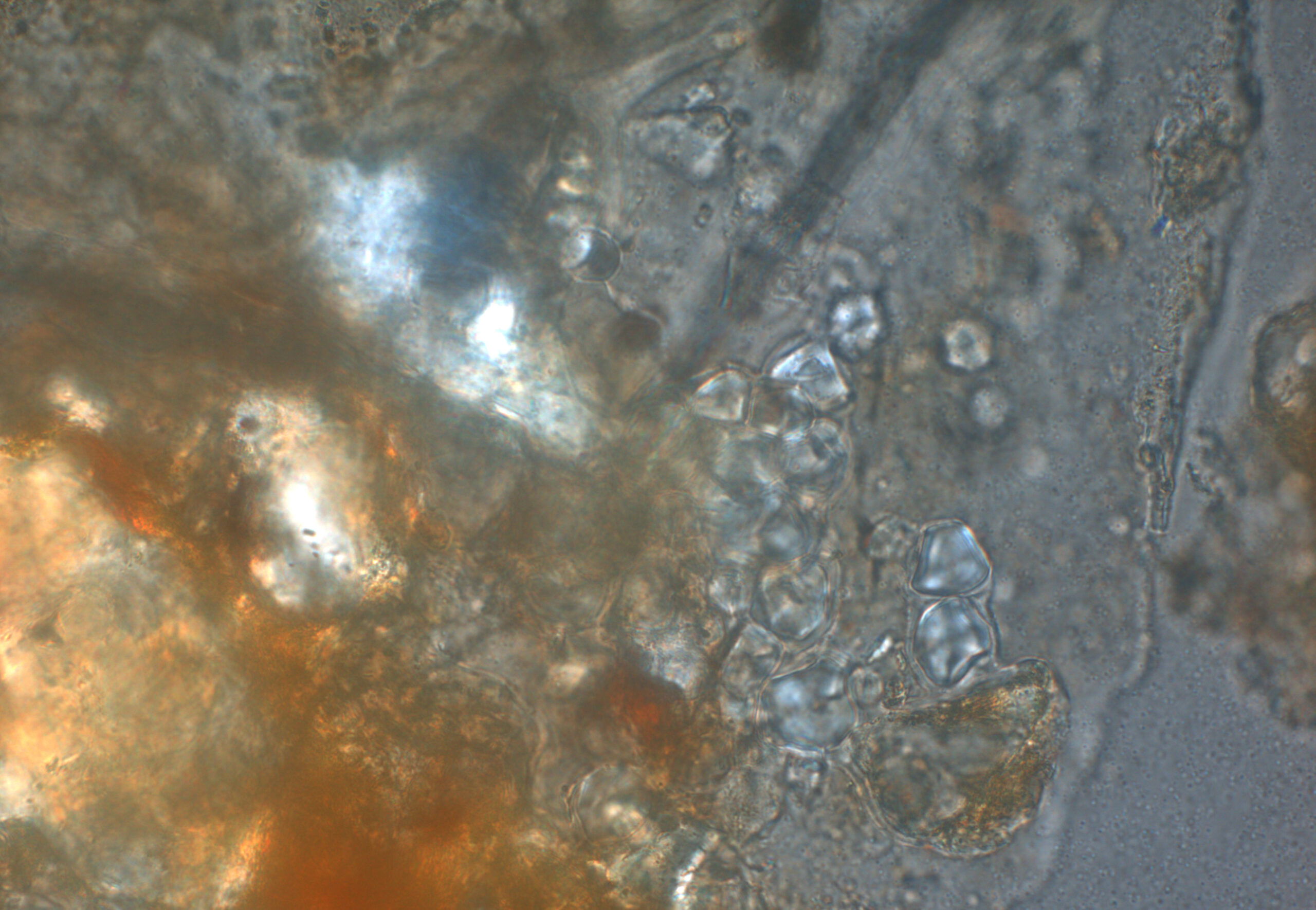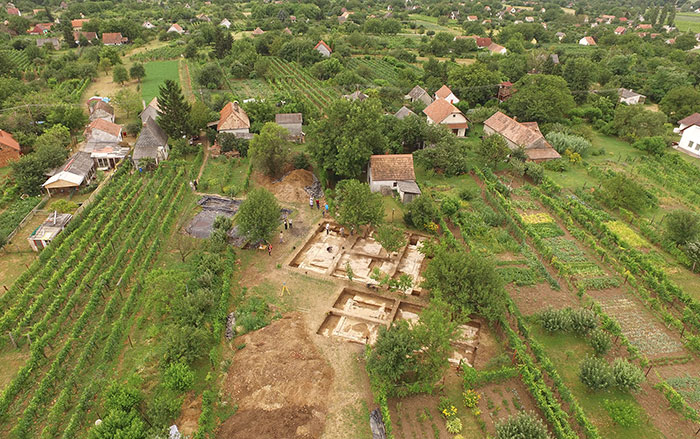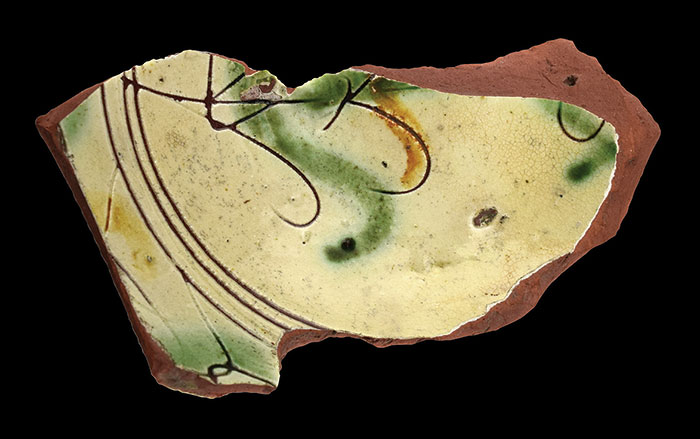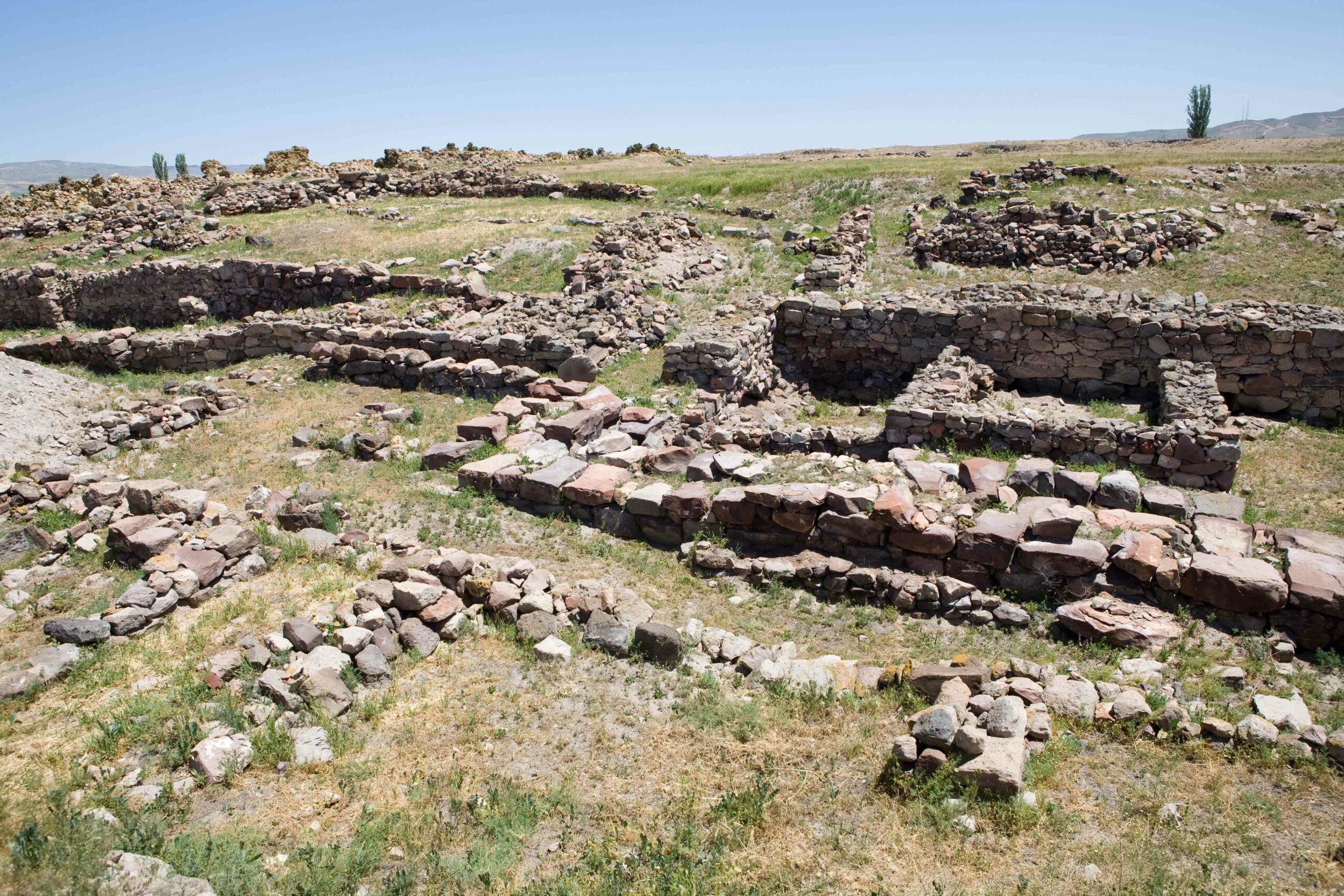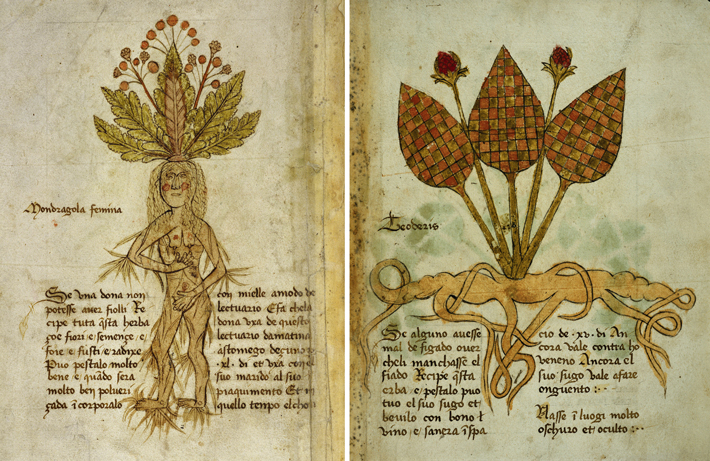
Monasteries and convents in medieval Europe were bastions of literacy and of expertise with medicinal herbs unknown by the general population. At the site of the Naantali Cloister in southwest Finland, scholars have employed a combination of archaeological, historical, and botanical research to learn what types of plants the Bridgettine monks and nuns who lived there grew. Archaeobotanist Teija Alanko and her colleague Kari Uotila sorted and radiocarbon dated 4,561 plant macrofossils uncovered during excavations around the Naantali church, the only surviving building of the cloister, which was occupied between 1443 and 1554.
In addition to dietary staples such as rye, barley, and other cereals, the team discovered several species with healing properties, including henbane, greater celandine, St. John’s wort, nettle, and juniper. They can’t, at this time, be sure that the plant remains derive only from the garden, since many could have been collected or cultivated elsewhere. However, radiocarbon and archaeological dates have allowed Alanko and Uotila to determine which plants came in and out of use over time from before the cloister’s founding through its dissolution during the Reformation. “We found macrosfossils of useful plants for food, dyeing, and medical purposes in Naantali,” Alanko explains. “This suggests a possible combined kitchen and medicinal garden.”



